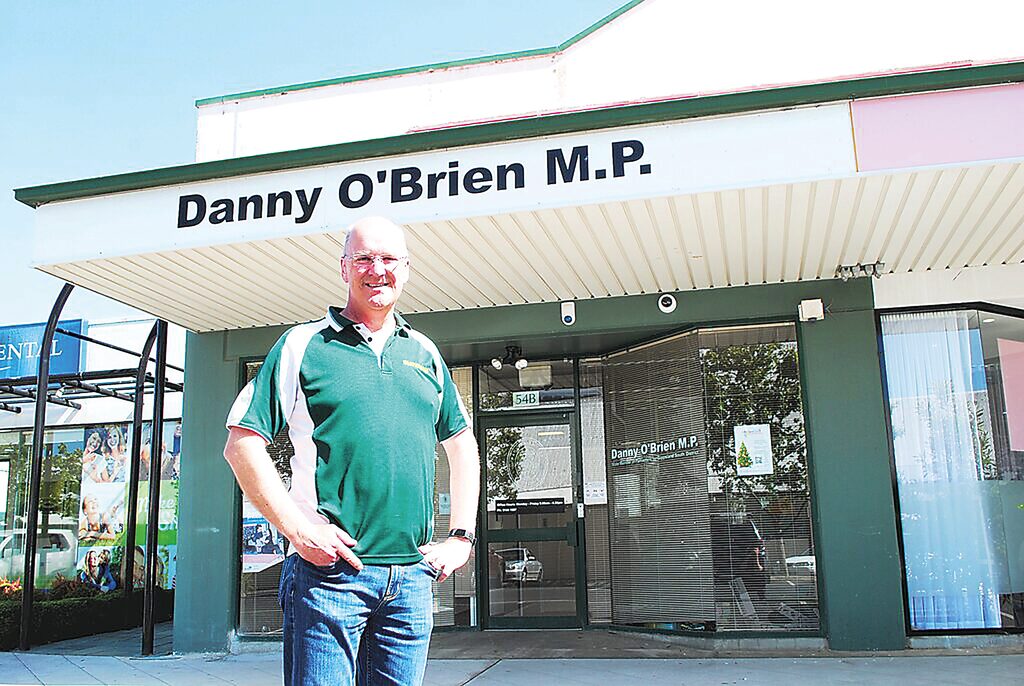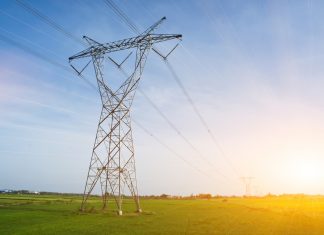By PHILIP HOPKINS
MEMBER for Gippsland South, Danny O’Brien, has criticised the state government’s decision to push aside current AusNet plans for a new transmission line to connect offshore wind farms, arguing it has created more uncertainty for the local community.
Mr O’Brien said he supported the efforts of the state government agency VicGrid to coordinate transmission lines for new proposed offshore wind farms to avoid creating a spaghetti effect of multiple new lines.
However, he said the decision to scrap all the work previously done by AusnNet on a new line put the process back and created more uncertainty.
“This is going to be a difficult issue no matter how it is planned, but I’m disappointed that the government is persisting with an overhead transmission line and will not consider going underground,” he said.
“The decision to utilise a study area along the existing Basslink corridor is probably sensible in that it has impacts on fewer private landholders. However, this also reignites a battle that people in the region fought 25 years ago against Basslink and raises more uncertainty.”
Mr O’Brien said he was also concerned whether the state government could be trusted to properly consult the community after its recent decision to scrap VCAT appeal and planning panel rights for residents subject to renewable energy project.
The government and VicGrid needed to answer a number of questions:
Why is the government policy going to force Star of the South to abandon its proposed underground transmission line?
Did the government consider an offshore connection point for all windfarms with one HVDC underground cable then connecting to the grid at Loy Yang or Hazelwood?
How will the government address concerns about close proximity between the proposed new line and the existing Basslink cables?
Will the government be upfront about the fact that this transmission line will only cater for 2GW of offshore wind when up to 9GW is planned?
How many more transmission lines can we expect will be needed?
Mr O’Brien said the fact that previous work done by AusNet had now been thrown out the window also raised questions about the timeline for the project.
“Effectively going back to the drawing board and starting again more than two years after VicGrid was established does raise questions as to whether a transmission line can be in place in time for offshore wind developers,” he said.
“Nonetheless, I encourage all affected landholders to engage directly with VicGrid, and I will be fighting hard to ensure that the community gets its say.”
The study area starts about six kilometres from the coast near Giffard and travels north-west past Stradbroke West, to Willung, across to Flynns Creek and on to the Loy Yang power station.
It does not include the preferred transmission route identified by the private operator AusNet Services, which runs the electricity transmission and distribution networks. AusNet had undertaken three years’ negotiations, studies and environmental and cultural heritage assessments.
AusNet said in a statement that following VicGrid’s announced study area for new transmission infrastructure in Gippsland, “AusNet will work to understand in further detail what this means for the G-REZ (Gippsland Renewable Energy Zone) project”.
VicGrid’s chief executive, Alistair Parker, said the VicGrid study area and the associated connection hub area had been informed by feedback from local landowners, communities and regional stakeholders, as well as by technical work carried out last year.
The proposed transmission technology is a double circuit 330 kV or 500 kV overhead transmission line, with further detailed analysis required to determine which is the best operating voltage.
Multiple combinations of technologies were investigated, including putting the transmission line fully underground. But, after careful analysis, fully underground was ruled out as an option due to challenges including cost, engineering complexity, procurement and timing.
VicGrid’s analysis found an overhead line is estimated to cost between $700 million and $1.5 billion, while undergrounding is estimated to cost between $2 billion and $4.5 billion. Those additional costs would be paid for by all Victorian homes and businesses through higher power bills.
The higher cost of going underground was largely due to the additional above-ground infrastructure required and a longer and more complex construction process. VicGrid received feedback that some local communities would prefer underground lines, but it also received feedback that the impact on bills was an important consideration for many.











